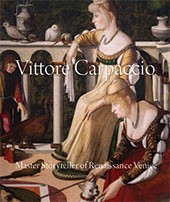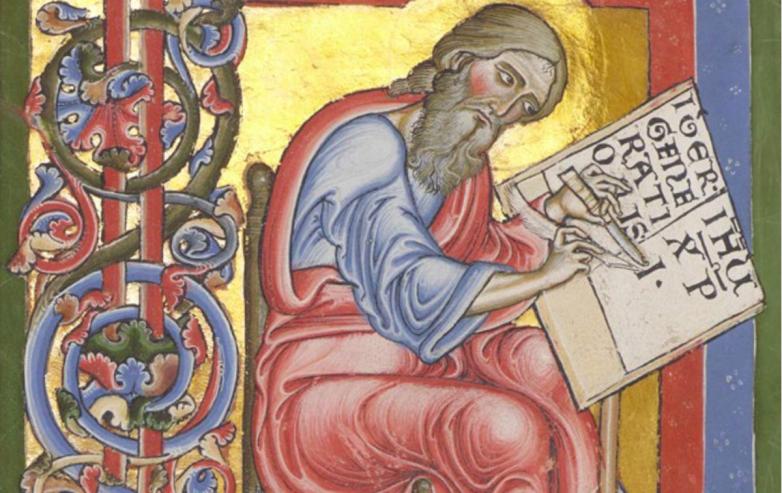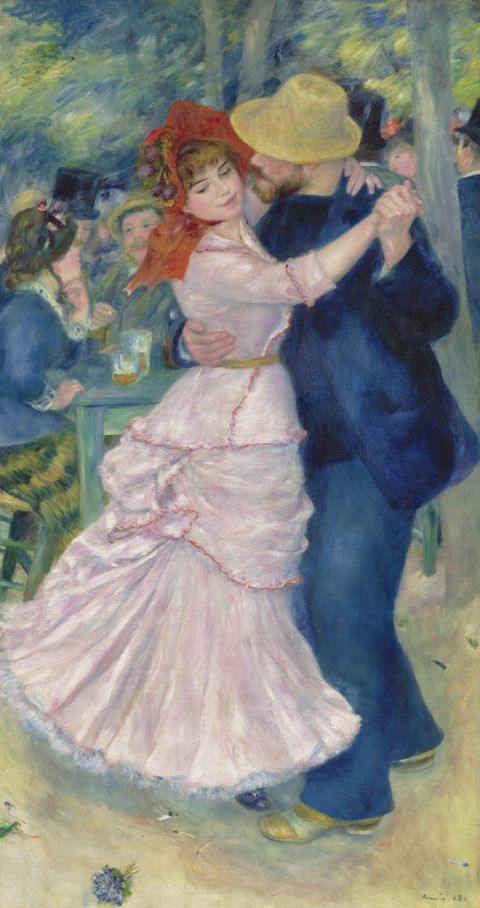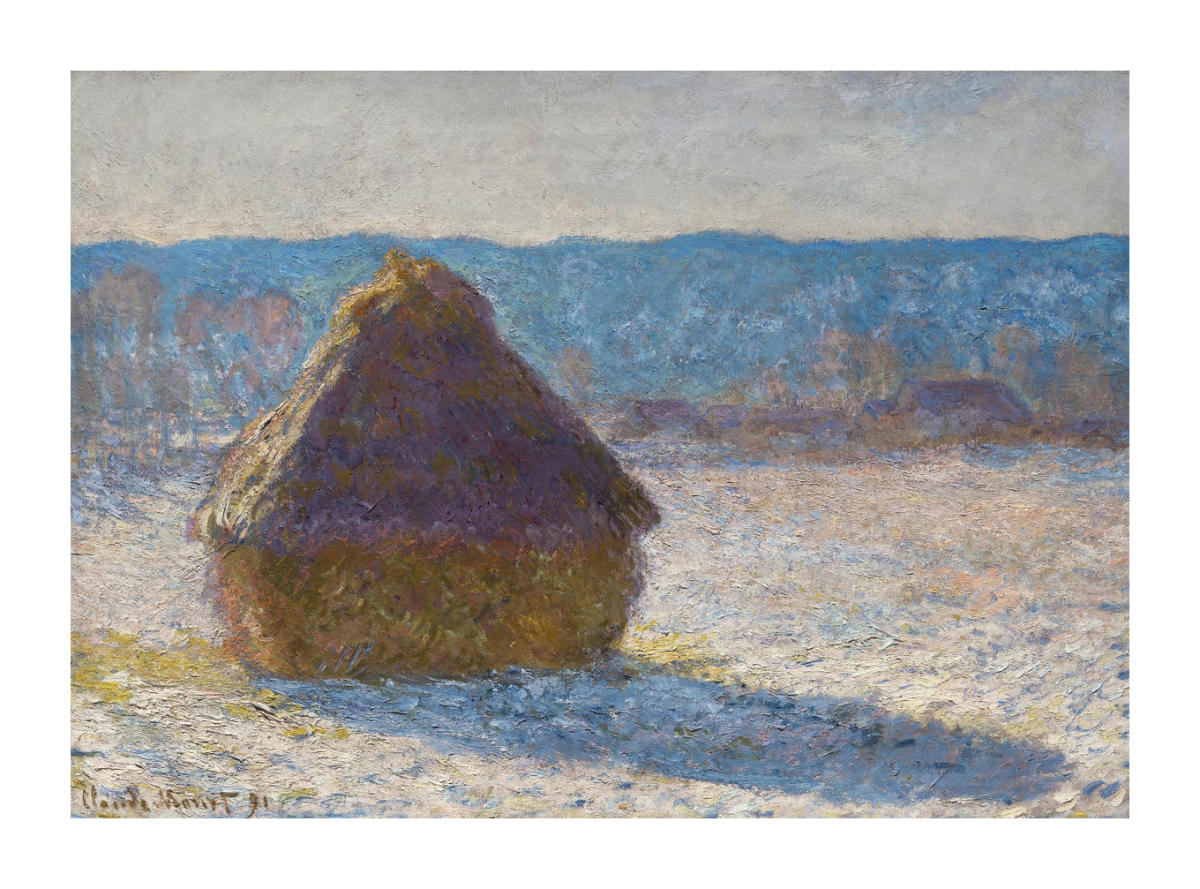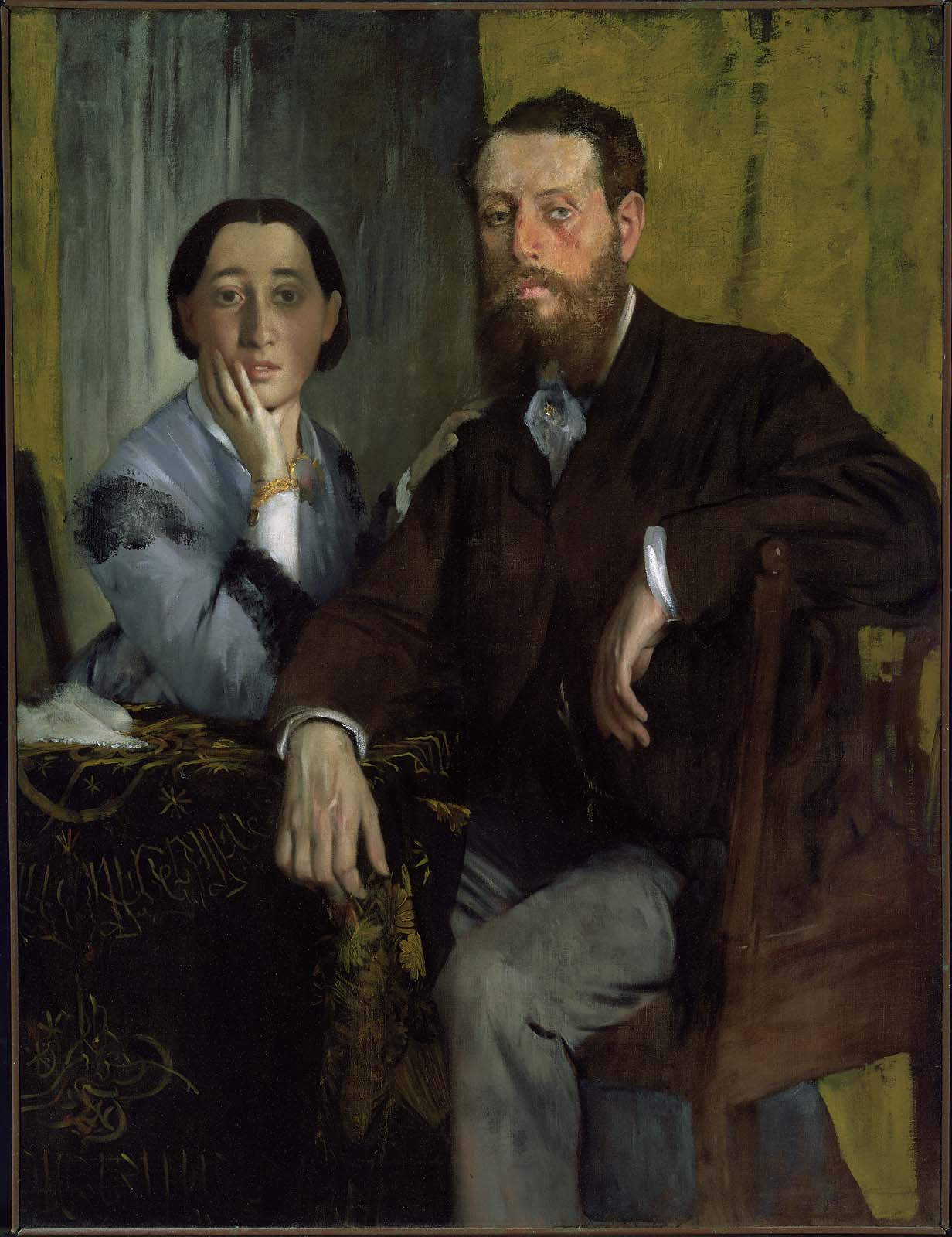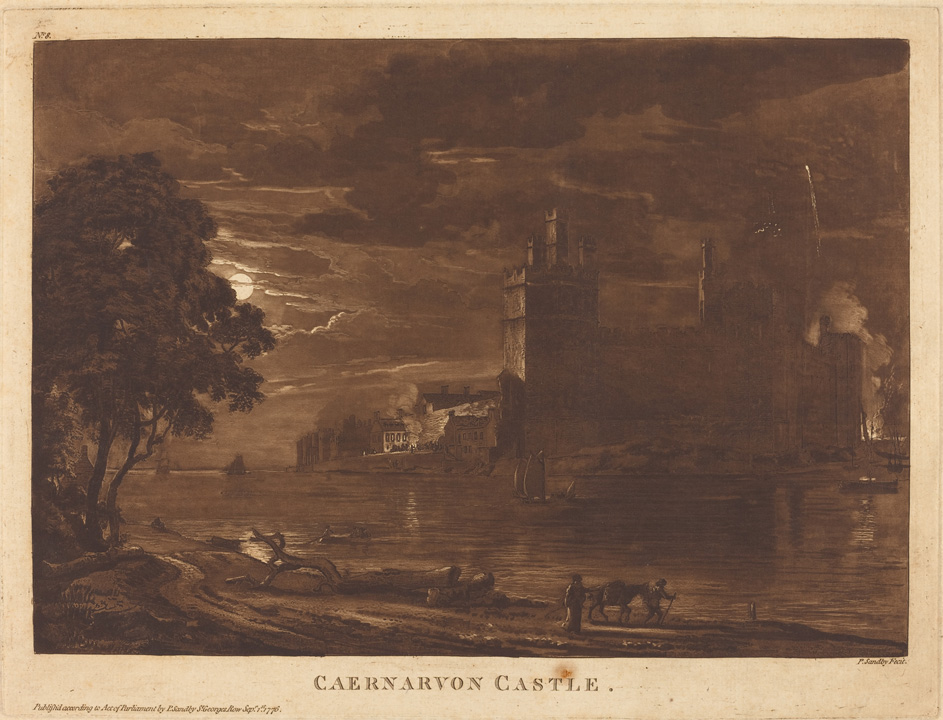National Gallery of Art, Washington
October 17, 2021–February 27, 2022
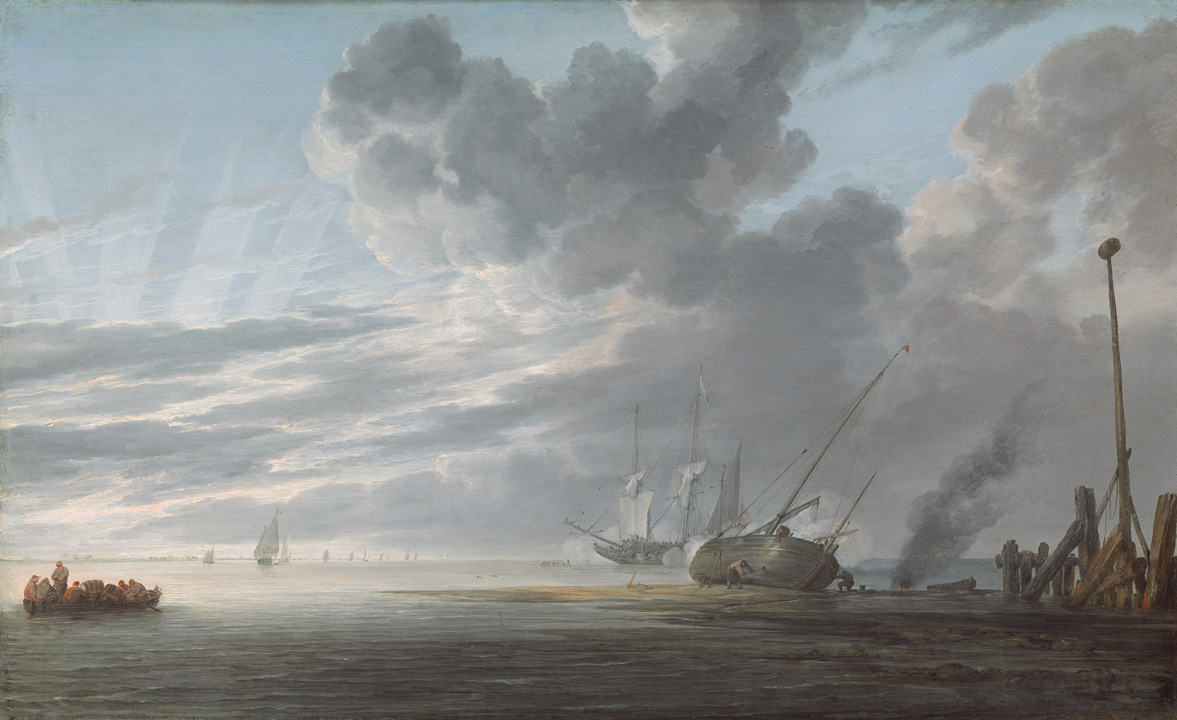
Simon de Vlieger, Estuary at Day's End, c. 1640/1645
oil on panel, overall: 36.8 x 58.4 cm (14 1/2 x 23 in.)
National Gallery of Art, Washington, Patrons' Permanent Fund and The Lee and Juliet Folger Fund in memory of Kathrine Dulin Folger
Jan Miense Molenaer
Self-Portrait as a Lute Player, c. 1636/1637
oil on panel
overall: 38.7 x 32.4 cm (15 1/4 x 12 3/4 in.)
National Gallery of Art, Washington, The Lee and Juliet Folger Fund
Adriaen Coorte
Still Life with Asparagus and Red Currants, 1696
oil on canvas
overall: 34 x 25 cm (13 3/8 x 9 13/16 in.)
National Gallery of Art, Washington, The Lee and Juliet Folger Fund
Godefridus Schalcken
Woman Weaving a Crown of Flowers, c. 1675/1680
oil on panel
overall: 26.7 x 20.3 cm (10 1/2 x 8 in.)
framed: 37.6 x 31.4 x 5.1 cm (14 13/16 x 12 3/8 x 2 in.)
National Gallery of Art, Washington, The Lee and Juliet Folger Fund
Pieter Claesz
Still Life with Peacock Pie, 1627
oil on panel
overall: 77.5 x 128.9 cm (30 1/2 x 50 3/4 in.)
National Gallery of Art, Washington, The Lee and Juliet Folger Fund
Frans Snyders
Still Life with Grapes and Game, c. 1630
oil on panel
overall: 90.2 x 112.1 cm (35 1/2 x 44 1/8 in.)
framed: 111.8 x 133.4 x 7 cm (44 x 52 1/2 x 2 3/4 in.)
National Gallery of Art, Washington, Gift of The Lee and Juliet Folger Fund in Honor of the Twentieth Anniversary of the Circle of the National Gallery of Art
Cornelis van Poelenburch
Christ Carrying the Cross, early 1620s
oil on copper
overall: 44.2 x 62.3 cm (17 3/8 x 24 1/2 in.)
National Gallery of Art, Washington, The Lee and Juliet Folger Fund
John Ward of Hull
The Northern Whale Fishery: The "Swan" and "Isabella", c. 1840
oil on canvas
overall: 48.9 x 71.8 cm (19 1/4 x 28 1/4 in.)
National Gallery of Art, Washington, The Lee and Juliet Folger Fund
River Landscape with Ferry, 1649
oil on canvas
overall: 101.5 x 134.8 cm (39 15/16 x 53 1/16 in.)
National Gallery of Art, Washington, Patrons' Permanent Fund and The Lee and Juliet Folger Fund. This acquisition was made possible through the generosity of the family of Jacques Goudstikker, in his memory.
Adam van Breen
Skating on the Frozen Amstel River, 1611
oil on panel
overall: 44.3 x 66.5 cm (17 7/16 x 26 3/16 in.)
framed: 55.88 x 78.74 x 5.08 cm (22 x 31 x 2 in.)
National Gallery of Art, Washington, The Lee and Juliet Folger Fund, in honor of Arthur K. Wheelock, Jr.

Reinier Nooms, called Zeeman
Amsterdam Harbor Scene, c. 1658
oil on canvas
overall: 61 x 81.8 cm (24 x 32 3/16 in.)
framed: 81.9 x 102.2 x 5.72 cm (32 1/4 x 40 1/4 x 2 1/4 in.)
National Gallery of Art, Washington, The Lee and Juliet Folger Fund
Thomas de Keyser
Portrait of a Gentleman Wearing a Fancy Ruff, 1627
oil on copper
overall (octagonal): 28 x 22 cm (11 x 8 11/16 in.)
National Gallery of Art, Washington, The Lee and Juliet Folger Fund
Jacob van Hulsdonck
Wild Strawberries and a Carnation in a Wan-Li Bowl, c. 1620
oil on copper
overall (copper panel): 28.3 x 36.2 cm (11 1/8 x 14 1/4 in.)
overall (with wood strip edges): 29.6 x 37.3 cm (11 5/8 x 14 11/16 in.)
National Gallery of Art, Washington, The Lee and Juliet Folger Fund
Caspar Netscher
A Woman Feeding a Parrot, with a Page, 1666
oil on panel
overall: 45.7 x 36.2 cm (18 x 14 1/4 in.)
National Gallery of Art, Washington, The Lee and Juliet Folger Fund
Jan van Goyen
Ice Scene near a Wooden Observation Tower, 1646
oil on panel
overall: 36.5 x 34.3 cm (14 3/8 x 13 1/2 in.)
National Gallery of Art, Washington, The Lee and Juliet Folger Fund
Jacob Ochtervelt
A Nurse and a Child in an Elegant Foyer, 1663
oil on canvas
overall: 81.5 x 66.8 cm (32 1/16 x 26 5/16 in.)
National Gallery of Art, Washington, The Lee and Juliet Folger Fund
Frans van Mieris
A Soldier Smoking a Pipe, c. 1657/1658
oil on panel
overall: 32.4 x 25.4 cm (12 3/4 x 10 in.)
National Gallery of Art, Washington, The Lee and Juliet Folger Fund
Herman Saftleven
Imaginary River Landscape, 1670
oil on panel
overall: 17 x 23.2 cm (6 11/16 x 9 1/8 in.)
National Gallery of Art, Washington, The Lee and Juliet Folger Fund
Jacob van Ruisdael
Dunes by the Sea, 1648
oil on panel
overall: 45.4 x 61.6 cm (17 7/8 x 24 1/4 in.)
framed: 64.77 x 83.19 cm (25 1/2 x 32 3/4 in.)
National Gallery of Art, Washington, The Lee and Juliet Folger Fund
Willem van de Velde the Younger
An English Warship Firing a Salute, 1673
oil on canvas
overall: 66.4 x 52.9 cm (26 1/8 x 20 13/16 in.)
National Gallery of Art, Washington, The Lee and Juliet Folger Fund
Clara Peeters
Still Life with Flowers Surrounded by Insects and a Snail, c. 1610
oil on copper
overall: 16.6 x 13.5 cm (6 9/16 x 5 5/16 in.)
National Gallery of Art, Washington, The Lee and Juliet Folger Fund

Philips Wouwerman
The Departure for the Hunt, c. 1665/1668
oil on panel
overall: 52.1 x 67 cm (20 1/2 x 26 3/8 in.)
National Gallery of Art, Washington, The Lee and Juliet Folger Fund, in honor of Earl A. Powell III, Director of the National Gallery of Art (1992-2019)
Jan Jansz van de Velde III
Still Life with Stoneware Jug and Pipe, 1650
oil on panel
overall: 35.9 x 27.9 cm (14 1/8 x 11 in.)
National Gallery of Art, Washington, The Lee and Juliet Folger Fund
Dirck Hals
Merry Company on a Terrace, 1625
oil on panel
overall: 38.7 x 51.5 cm (15 1/4 x 20 1/4 in.)
National Gallery of Art, Washington, The Lee and Juliet Folger Fund
Adriaen Coorte
Still Life with a Hanging Bunch of Grapes, Two Medlars, and a Butterfly, 1687
oil on canvas
overall: 38.1 x 30.5 cm (15 x 12 in.)
framed: 47.31 x 40.64 x 5.4 cm (18 5/8 x 16 x 2 1/8 in.)
National Gallery of Art, Washington, The Lee and Juliet Folger Fund

- Jan Brueghel the Elder
Wooded Landscape with Travelers, 1610
oil on panel
overall: 37 x 58 cm (14 9/16 x 22 13/16 in.)
framed: 72.39 x 73.98 x 3.49 cm (28 1/2 x 29 1/8 x 1 3/8 in.)
National Gallery of Art, Washington, The Lee and Juliet Folger Fund - Jan van Kessel
Auricula and morning glory with shells and insects,
oil on panel
overall: 16.5 x 22.7 cm (6 1/2 x 8 15/16 in.)
Private collection-on loan A fully illustrated catalog has been published by the National Gallery. Written by Arthur K. Wheelock Jr., formerly the National Gallery's curator of northern baroque paintings, the volume opens with an essay on the development of the Dutch and Flemish painting collection. Individual entries consider the compositions and techniques, as well as the broader historical contexts, of each work.
For more than two decades, Lee and Juliet Folger have worked closely with the National Gallery of Art to acquire exceptional seventeenth-century Dutch and Flemish paintings. Clouds, Ice, and Bounty honors this remarkable group of paintings and the collaborative relationship that has brought them into the nation’s collection. To date, twenty-five works (including one British painting) have been purchased for the Gallery by the Lee and Juliet Folger Fund. The same fund also enabled the construction of the Dutch and Flemish Cabinet Galleries. These intimate spaces, nestled among the grand galleries of the West Building of the National Gallery of Art, encourage quiet contemplation of the sort of masterful, small-scale works to which the Folgers are drawn.The Folger paintings highlight the everyday pleasures of the Low Countries in the seventeenth century, a period of relative peace, prosperity, optimism, and reflection. An array of still lifes envelops the senses with enticing foods, lush blossoms, and impossibly fragile insects. Landscapes and seascapes explore the Netherlandish lowlands and waterways, recording minute shifts in color and terrain as land and water spread out beneath towering skies. Genre scenes capture the fashion, pastimes, and personalities of the period.
All twenty-five paintings donated to the Gallery by the Lee and Juliet Folger Fund are reproduced and discussed in this book. Luxurious illustrations allow close examination of the many charming details and expansive vistas found in the Folger paintings. Catalog entries consider composition and technique as well as the broader historical context and meaning of each work. An introductory essay by Arthur K. Wheelock Jr. tells the story of Lee and Juliet Folger’s connection to the Gallery and their thoughtful collecting practice. A volume as exquisite as the art it celebrates, this book contains a treasure trove of Dutch and Flemish seventeenth-century painting.
172 pages | 81 illustrations | 9.25 × 10.75 inches







